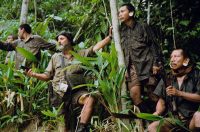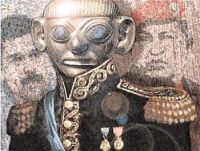Canada’s genocide of Indigenous peoples: Time for decolonisation
The National Inquiry into Missing and Murdered Indigenous Women and Girls found that an ongoing genocide of Indigenous peoples constitutes a root cause of the violence that is currently being perpetrated against Indigenous women and girls. Genocide is a centerpiece of the National Inquiry's report, which argues that colonial violence is ongoing, not just a legacy of the past. Its 231 Calls for Justice reflect the legal obligation to stop genocide through a range of policy and process changes.
Numbers are difficult to ascertain, as they keep growing, but nearly two decades of studies and reports in Canada have uncovered more than 1,200 names of Indigenous women who are known to have been killed or who have simply disappeared.… Seguir leyendo »












